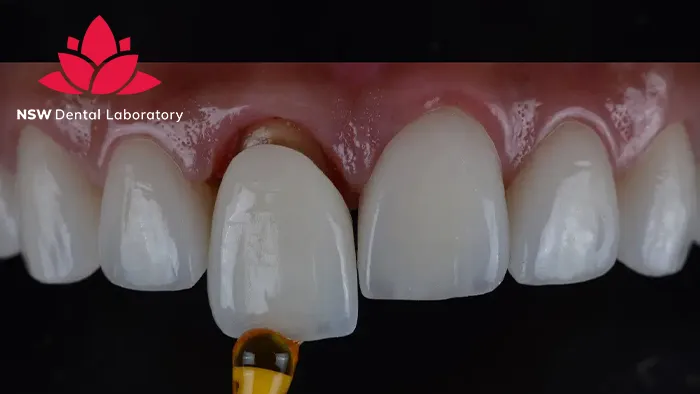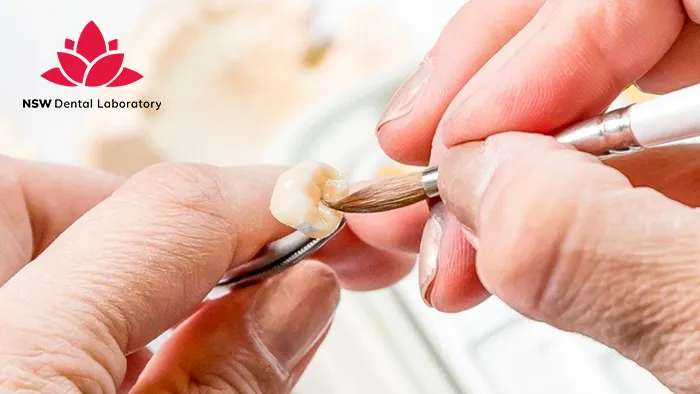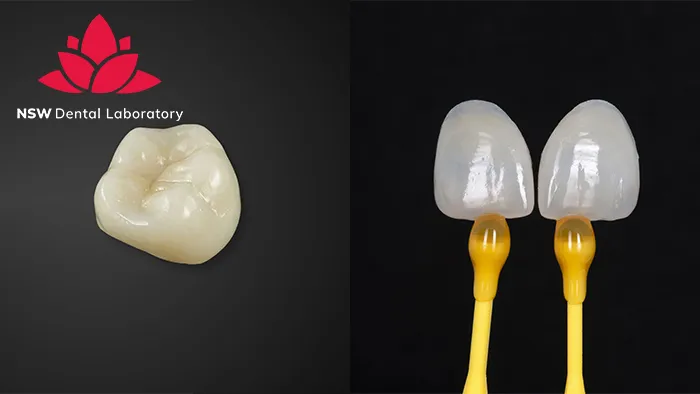The Most Critical Cases Where Dental Crown Replacement Is Necessary
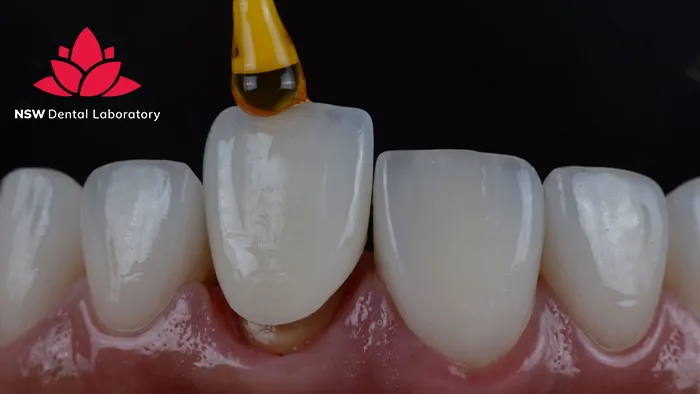
As we know, dental crowns are restorations used to protect, replace, and restore damaged teeth due to fractures, breakage, or weakening from severe tooth decay. They help restore the original shape and function of the tooth while preventing further damage. Although dental crowns are known for their durability and strength, they do not last forever, especially if not properly cared for. Over time, they may encounter issues such as damage from trauma or injury, loss of aesthetic appeal, decay in the natural tooth underneath or around the crown, or, most commonly, wear and tear over time. In such cases, Dental Crown Replacement becomes necessary to help patients maintain oral health and functionality.
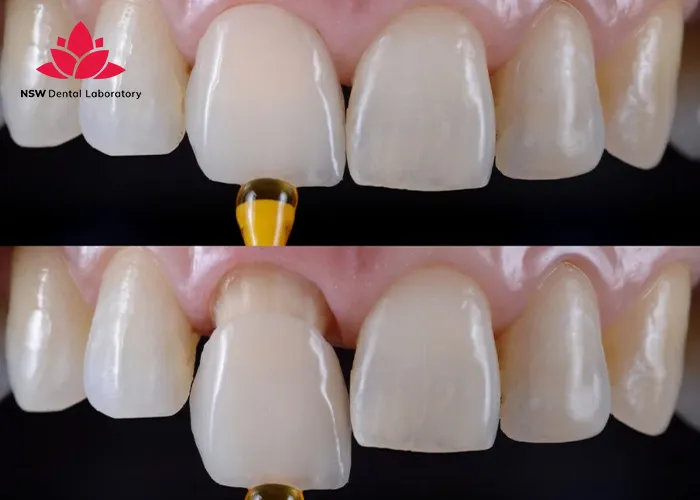
Dental Crown Replacement offers many benefits, from preserving the overall structure of the damaged tooth to enhancing the long-term aesthetics of the teeth. However, many people may not fully understand what Dental Crown Replacement entails, when it is needed, or the procedure involved. In this blog, we will provide the most critical cases where Dental Crown Replacement is necessary.

Cases That Require Dental Crown Replacement
-
Tooth Wear
One of the most common reasons for Dental Crown Replacement is tooth wear. Over time, the process of biting and chewing food can cause your dental crown to lose its original effectiveness. The most noticeable sign is the loss of grip due to the enamel structure wearing down on the surface of the crown. Additionally, this wear and tear can occur more quickly in patients who grind their teeth or practice poor oral hygiene. In such cases, Dental Crown Replacement may be needed more frequently, typically within five years.
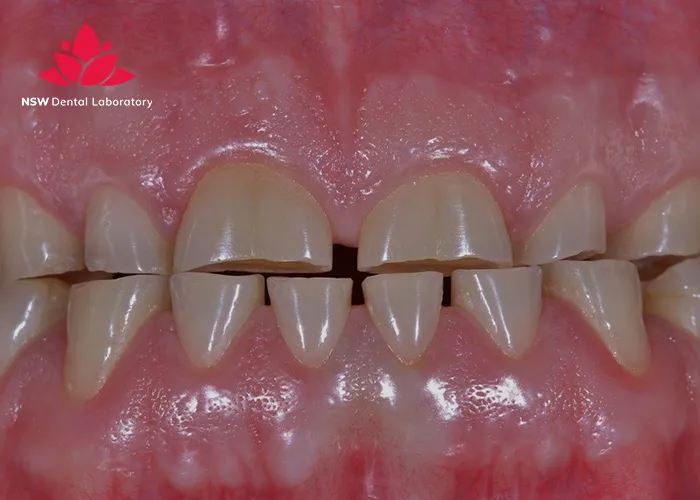
Tooth Wear
-
Damaged Dental Crown: Chips or Cracks
In some cases, dental crowns can crack or chip just like natural teeth. This may occur due to trauma from an accident or sports injury, accidentally biting into a hard object in food, or wear and tear that eventually leads to cracking or chipping. In such cases, the dentist will recommend a Dental Crown Replacement to replace the damaged crown.
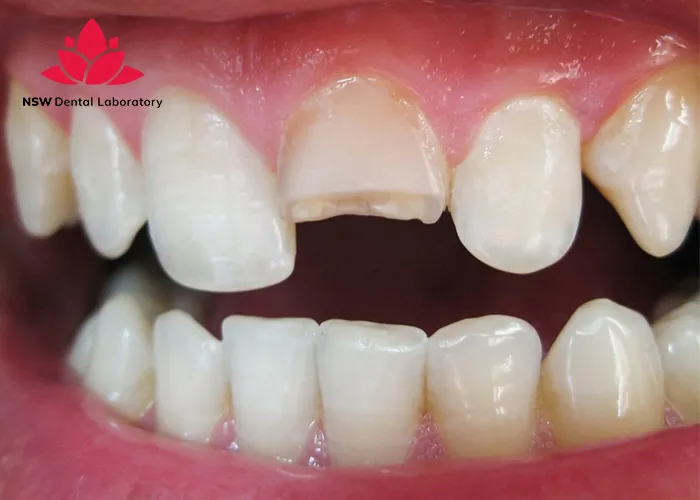
Chipped Tooth
-
Tooth Decay or Toothache and Gum Pain
Dental crowns play a vital role in protecting your teeth from further damage. However, if a crown becomes cracked or worn, it can allow bacteria to infiltrate, accumulate, and attack the natural tooth, leading to tooth decay. When this happens, you may start experiencing sensitivity, toothache, or gum pain. If you notice these symptoms, it’s best to schedule an appointment with your dentist promptly. Early intervention might save you from needing a dental crown replacement. Ignoring the issue for too long can result in more severe problems such as abscesses, pulp damage, or even oral cancer.

Tooth Decay
-
Ill-Fitting Crown Causing Discomfort or Gum Recession
Over time, the bonding material used to secure a dental crown can weaken, or the adhesive may degrade, leading to a loose crown that can easily fall out. This can cause discomfort and create a gap between the inner surface of the crown and the natural tooth, providing a space for food debris and bacteria to accumulate, potentially causing tooth decay.
Additionally, conditions such as gum inflammation, periodontal disease, poor oral hygiene, or genetic factors can contribute to gum recession. This exposes the edges of the crown, resulting in aesthetic concerns or an increased risk of tooth decay and sensitivity.
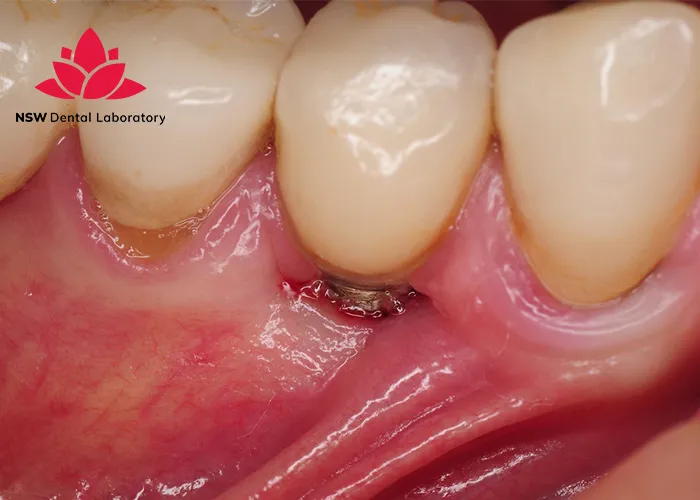
Gum Recession
-
Loss of Aesthetic Appeal
This is also one of the common reasons for replacing a dental crown. After several years of use, crowns can become discolored, stained, or show signs of aging, affecting their aesthetic appearance. As a result, many people opt for Dental Crown Replacement as part of an overall treatment plan to enhance the aesthetics of their smile, achieving whiter and more attractive teeth.
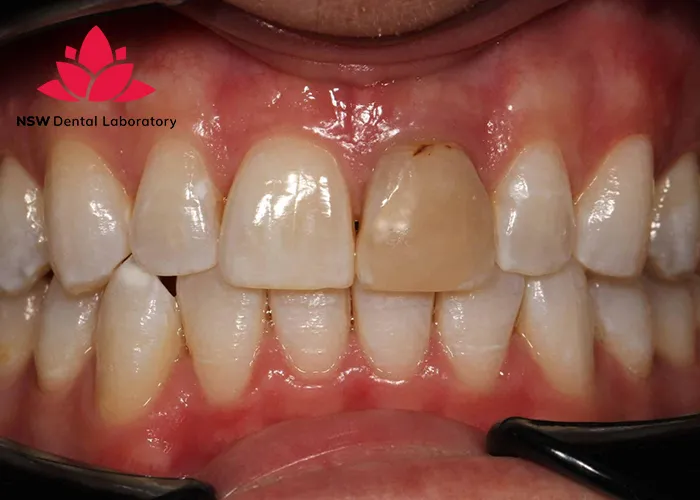
Loss of aesthetic appeal
The Dental Crown Replacement Process
Dental crown replacement is similar to the initial dental crown placement procedure, with the additional step of removing the old crown. The specific process includes:
Evaluation and Diagnosis: The dentist examines the current crown and the underlying tooth structure through visual inspection, X-rays, or other diagnostic tools to assess the condition of the existing crown and determine the reason for the dental crown replacement.
Removing the Old Crown: After identifying the reason for Dental Crown Replacement, the dentist will administer local anesthesia to ensure your comfort throughout the process. Next, they will remove the old crown by either lifting or cutting it off from the natural tooth without causing any damage. Once the crown is removed, the dentist will inspect and evaluate the underlying tooth. If any signs of decay or damage are detected, they will treat these issues before proceeding with the next steps.
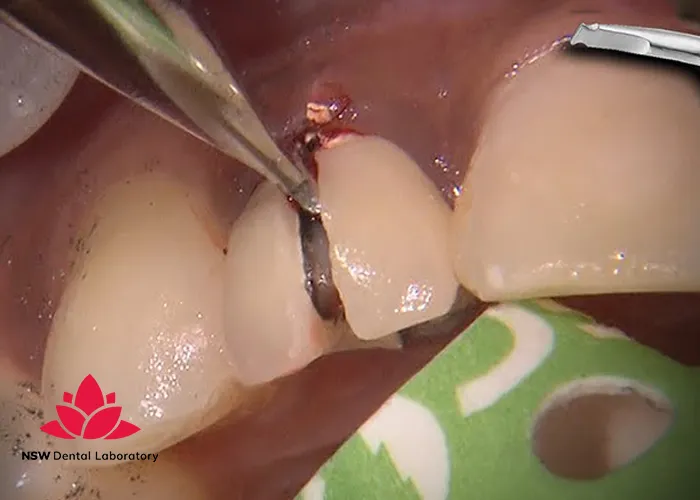
Removing the old crown
Tooth Preparation: The dentist will clean the underlying tooth to ensure it is free from damage or decay. They will then shape and refine the tooth to create a solid foundation for the new dental crown.
Taking Dental Impressions: Next, the dentist will take impressions of the tooth using traditional impression trays or digital scanning technology to create an accurate mold for the new crown. While waiting for the new crown to be fabricated, a temporary crown will be placed to protect the tooth and maintain temporary function and aesthetics. This temporary crown is usually made from plastic or acrylic, which is less durable, and it will be replaced during your next appointment.
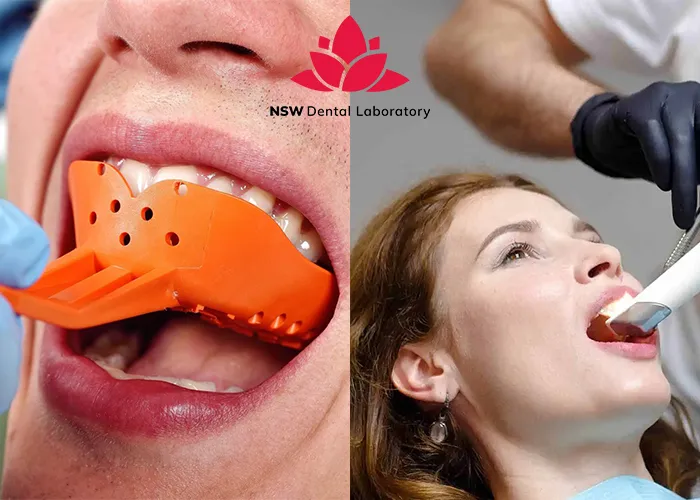
Taking impression
Fitting the New Crown: Once the new crown is ready, the dentist will remove the temporary crown and place the new one. First, they will check the fit and occlusion to ensure it is perfect, making any necessary adjustments before permanently bonding the crown. Finally, the dentist will provide instructions on how to care for the new crown, which is similar to the aftercare for the initial crown placement.
Conclusion
A dental crown is the cornerstone of restorative dentistry, providing both functional and aesthetic solutions for various dental issues. As dental technology and materials have advanced, so have the options for durable and natural-looking crowns. However, even the best-crafted crowns such as monolithic zirconia, metal crowns, or PFM are not invulnerable, and dental crown replacement is a common procedure for replacing damaged crowns. You should visit your dentist if you notice certain signs such as pain in the affected tooth, which may indicate tooth decay; instability or looseness of the crown; or if the crown is no longer aesthetically pleasing due to chipping or discoloration, to detect and treat the issue early, preventing more serious problems.
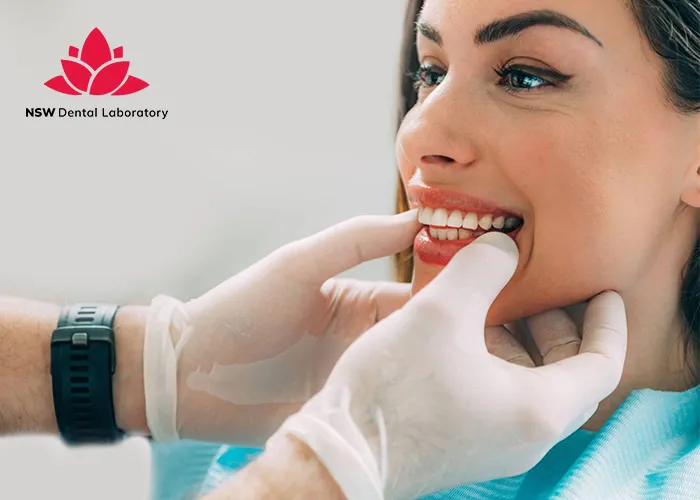
However, sometimes damage to the old crown from severe decay, fracture, or trauma may render the tooth irreparable, requiring a different procedure, such as a dental implant or bridge, instead of a dental crown. In summary, the best approach is to visit your dentist for an examination and to determine the most appropriate treatment plan.

